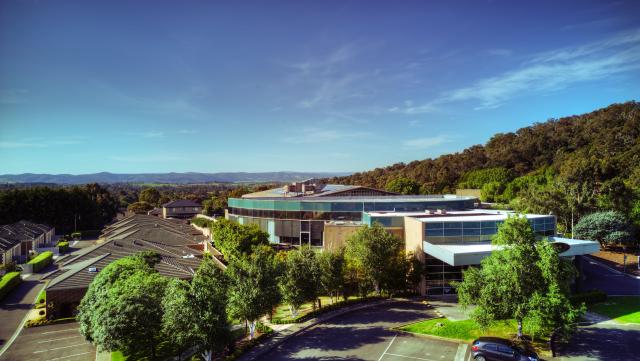Ice Bound: The Australian Story of Antartica is an informative and engaging account of the
history of Australia’s connection with Antartica.
Written by renowned environmental historian Joy McCann, this is a superb read for all who
are mesmerised by the “vast, solitary snow-land, cold-white under the sparkling star-gems; lustrous
in the radiance of the southern lights; furrowed beneath the icy sweep of the wind” as described by
Australian expeditioner Douglas Mawson.
No less fascinating than Mawson’s own book The Home of the Blizzard (1915), Ice Bound
utilises “stories of exploration and adventure, exploitation and conservation, culture, science and
governance” to examine Australia’s relationship with Antartica.
The book also contains more than 200 historical images from National Library of Australia,
plus precious landscape photographs and documentary images captured by scientists. It is
intellectually stimulating and visually stunning.
The comprehensive storytelling begins with the “heroic era” featuring prominent Australian
and international explorers such as Mawson, Borchgrevink, Davis, Hurley, Scott and Shackleton. In
sharp contrast are depictions of the gruesome fur and oil-harvesting business that drove Macquarie
Island’s seals and penguins to near distinction.
Following the founding of the Australian Antarctic Division in 1948, Australia consolidated
its sovereignty in Antarctica by building a permanent presence on the frozen continent. Mawson
research station was set up in 1954, while Davis station was established in 1957 as part of its
scientific program during the International Geophysical Year.
The ensuing “scientific era” was a remarkable proof that nations could indeed put aside their
contest for territory in pursuit of coordinated scientific research that would yield benefits for the
whole world. The 1959 Antarctic Treaty further demilitarised the continent, ensuring that it is
dedicated to peace and science.
The “resources era” witnessed the introduction of other important international conventions
aiming to protect Antarctica from exploitation and pollution. Today, the Antarctic Treaty System
reflects public attitudes towards valuing the unique polar environment at the southernmost end of
our planet as the impacts of climate change and population increases are felt.
As the book reveals, generations of Australian scientists, researchers and environmental
activists have made considerable contributions to our understanding and caring of Antarctica.
Unsurprisingly, there are also countless moments throughout this history when humans became
acutely aware of their own insignificance and fragility in this majestic yet merciless land.
But this is also a land of imaginative possibilities, where “one felt this instantaneous fear at
the first sight of it, that it would annihilate one; but this was overcome straight away by the sense of
wonder in it” as observed by Australian artist Sidney Nolan.
Hence, in McCann’s words, a voyage to Antarctic is “not just a physical encounter with a
hostile environment, but an inner journey of personal reflection and spiritual transformation”.
Still, those of us who are unlikely to make this voyage in our lifetime can be content with
Ice Bound. This splendid book is a must read for all who want to experience the intimate link
between the “Gondwanan cousins” that are Australia and Antarctica.







